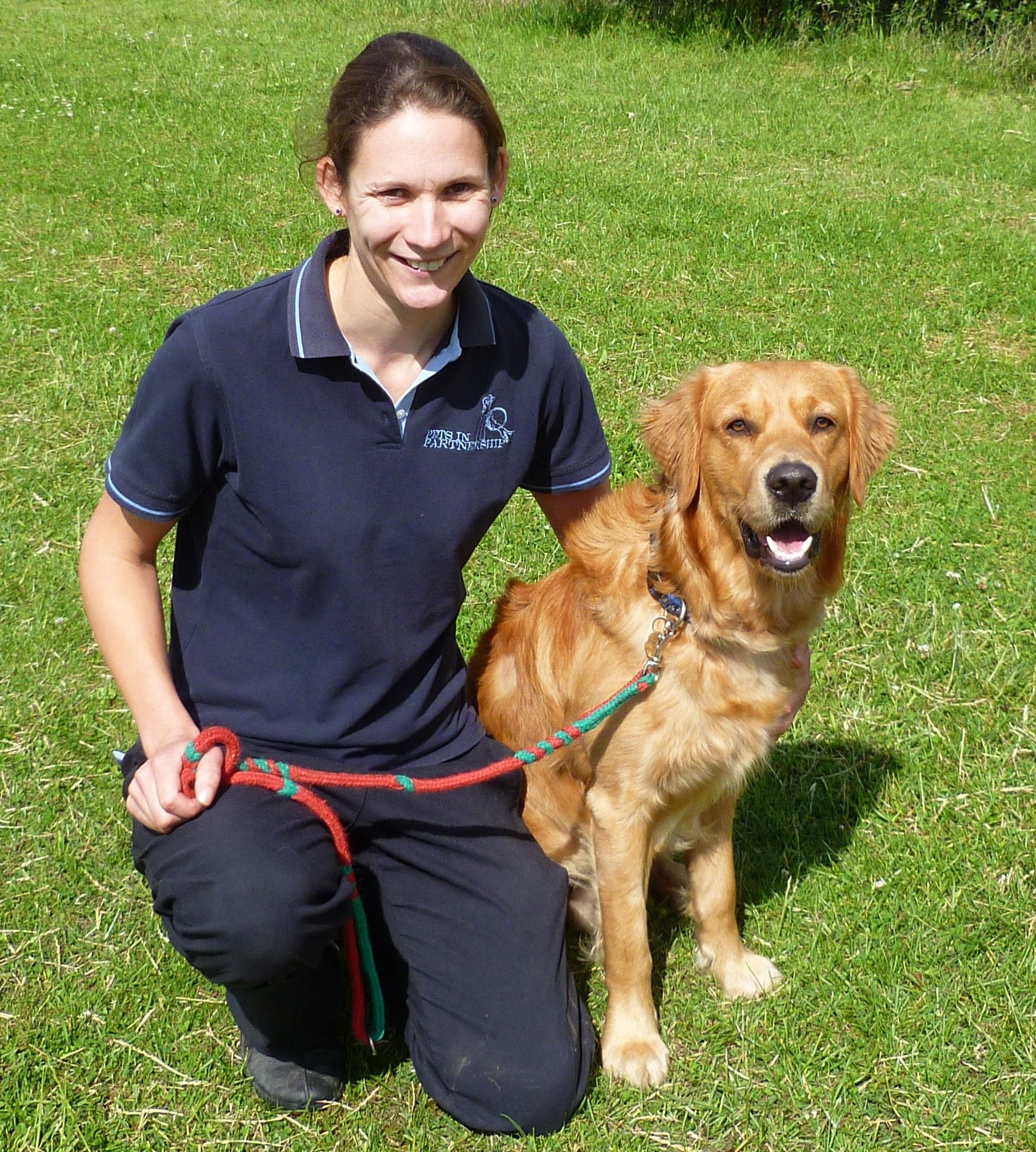Top Strategies for Effective Dog Training Techniques Every Pet Owner Should Know
Top Strategies for Effective Dog Training Techniques Every Pet Owner Should Know
Blog Article
Transform Your Canine's Behavior With Proven Training Approaches
Changing your dog's actions needs a nuanced understanding of their individual qualities and needs, along with the application of proven training approaches. By using positive reinforcement and acknowledging vital hints in their body language, you can properly resolve typical behavioral issues such as extreme barking or jumping. Uniformity in your training technique not just enhances obedience yet additionally fosters a deeper bond of depend on and regard in between you and your animal. The course to effective transformation may offer unforeseen challenges that warrant more exploration.
Recognizing Pet Habits
Understanding pet habits is necessary for effective training and interaction in between human beings and their canine buddies. Pet dogs, as social pets, display a variety of behaviors influenced by genes, setting, and experiences - Dog training. Identifying these habits assists proprietors tailor their training approaches to fulfill the details requirements of their dogs
Secret elements of pet dog habits include body language, vocalizations, and social interactions. For instance, a wagging tail typically shows exhilaration, while a reduced head might signal entry or anxiety. Recognizing these signals can help owners interpret their canine's mood and respond suitably. Additionally, socialization plays a crucial duty in forming actions; pets that connect favorably with various other animals and different people are normally more versatile and well-adjusted.
Moreover, identifying stress signals-- such as evasion, pacing, or panting actions-- can protect against rise into extra serious problems. Owners who are in harmony with their pet dog's behavior can develop a safe and nurturing setting, fostering trust fund and improving the training process. Ultimately, a deep understanding of canine habits lays the structure for an unified partnership and effective training results, guaranteeing both pet dogs and their proprietors flourish together.
Positive Reinforcement Strategies
Positive reinforcement methods are extensively identified as one of the most reliable techniques for training pets, promoting a favorable understanding environment. This method includes rewarding desired habits with treats, praise, or play, thus motivating the canine to duplicate those habits. Unlike punishing techniques, positive reinforcement constructs depend on and strengthens the bond in between the dog and the trainer.
Benefits ought to be given right away following the desired habits to help the pet make the link. Uniformity is likewise important; utilizing the same commands and rewards aids the pet comprehend what is expected.
It is important to note that positive support is not about bribery; rather, it is about strengthening etiquette. With time, as the pet dog learns to connect details actions with favorable results, the frequency of benefits can be gradually reduced, transitioning to spoken praise or intermittent rewards. This method not just encourages obedience yet additionally promotes a happy and positive dog, making training a more enjoyable experience for both celebrations involved.
Resolving Typical Concerns
Resolving typical problems throughout dog training is crucial for making certain a effective and harmonious connection in between the dog and its proprietor. Numerous canine proprietors experience behavior challenges, such as excessive barking, jumping, and leash pulling. Comprehending the source of these behaviors is essential for reliable training.
To mitigate this, provide enough physical workout, psychological excitement, and chances for social interaction with both people and other pets. Training the canine to sit upon greeting can reroute this habits positively.
Chain pulling is an additional widespread issue, frequently resulting from a pet dog's passion to discover. Using proper chain managing strategies, incorporated with training methods that encourage loose-leash walking, can substantially weblink enhance this habits.
Additionally, concerns like resource guarding or splitting up anxiousness need customized strategies. Steady desensitization and counter-conditioning can be reliable in attending to these challenges. By recognizing and proactively managing these common issues, pet owners can promote an extra enjoyable training experience and reinforce the bond with their canine friends.
Uniformity in Training

To accomplish uniformity, it is important that all members of the house comply with the same training methods. For example, using the exact same spoken hints and hand signals makes sure that the canine receives consistent messages. Additionally, the timing of incentives and corrections need to correspond; instant support enhances the likelihood that the pet dog go to my site will link the habits with the result.
Regular technique sessions, coupled with organized routines for feeding, walking, and play, aid canines prepare for and comprehend their atmosphere, making them extra responsive to training. Ultimately, consistency cultivates a feeling of safety and trust fund, equipping dogs to discover much more properly.
Structure a Solid Bond
How can cultivating a strong bond in between a canine and its proprietor improve the training experience? When visit this site right here a dog really feels secure in its connection with its owner, it is much more likely to show positive behaviors and be responsive to learning.
Additionally, a solid bond promotes much better interaction. Pet dogs are skilled at checking out human signs, and a relying on partnership permits clearer signals throughout training. Owners who spend time in structure this bond via play, socialization, and positive support develop a setting where pets feel inspired and anxious to learn.
Furthermore, a reputable link can minimize stress and anxiety and behavioral issues, as canines are much less likely to act out when they really feel comprehended and cared for. For that reason, prioritizing the development of a strong bond not only improves the training experience however also adds to a happier and a lot more well-adjusted dog. Eventually, the journey of training transforms into a collective partnership, leading to lasting behavioral improvements.
Conclusion

Owners who are attuned to their pet dog's behavior can create a caring and risk-free atmosphere, promoting trust and boosting the training process. Eventually, a deep understanding of canine actions lays the foundation for a harmonious connection and efficient training end results, guaranteeing both canines and their proprietors flourish with each other.
Dealing with usual issues during pet dog training is essential for guaranteeing a effective and harmonious relationship between the pet and its proprietor.Consistency is a keystone of effective pet dog training, as it establishes a clear structure for the canine to recognize assumptions and actions.In verdict, transforming a dog's actions with proven training techniques requires an understanding of canine habits, the application of positive reinforcement methods, and a focus on consistency.
Report this page